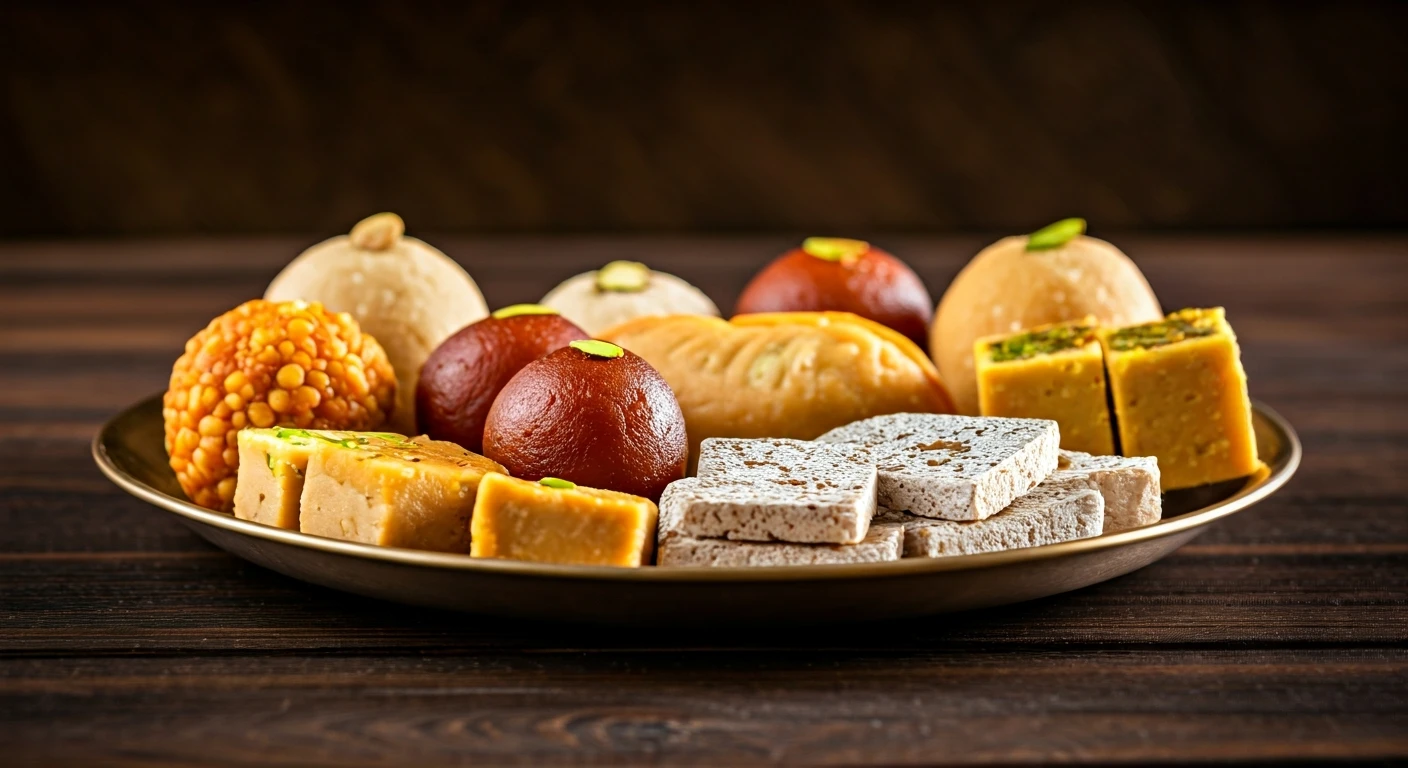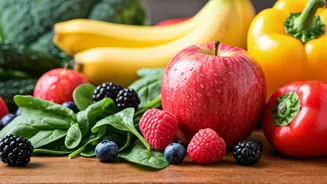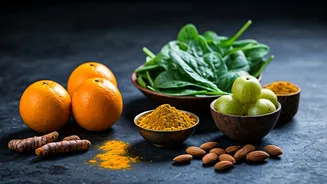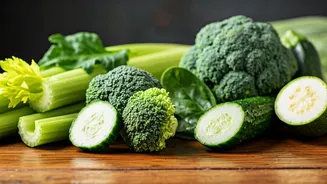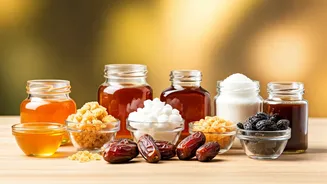Sweet Traditions, Hidden Risks
The love for sweets runs deep in Indian culture. Festivals, celebrations, and everyday moments often involve these treats. But, as awareness of diabetes
grows, it's essential to challenge the assumptions surrounding 'healthy' Indian sweets. Many popular options, although made with seemingly wholesome ingredients, are laden with sugar, refined flours, and unhealthy fats. These can cause rapid spikes in blood glucose levels, particularly for individuals with diabetes or those at risk. The cultural acceptance of these sweets can sometimes obscure the potential health risks they pose. This highlights a critical need to understand the true nutritional value of these foods and make conscious dietary decisions.
Decoding Common Ingredients
To understand the impact of Indian sweets, it's vital to examine their ingredients. Many recipes use refined wheat flour (maida), which quickly converts to glucose in the body. Excessive use of sugar, in forms like cane sugar or jaggery, is another major concern, as it contributes significantly to blood sugar elevations. The addition of ghee and other fats provides calories, but also can lead to weight gain, which worsens diabetes. While nuts and dry fruits offer some nutritional benefits, they're often coated in sugar or added in large quantities. This significantly increases the sugar and calorie content of the sweets. Furthermore, some sweets are deep-fried, increasing the fat content, making them harmful for those managing diabetes.
Impact on Blood Sugar
The primary concern with many Indian sweets is their effect on blood sugar. The high sugar content, combined with refined carbohydrates and fats, causes a rapid rise in blood glucose levels. For people with diabetes, this can lead to serious health complications like damage to the eyes, kidneys, and nerves. Even individuals at risk of diabetes, such as those with a family history or those who are overweight, should be careful. Regular consumption of sweets can make it more difficult to control blood sugar, potentially leading to insulin resistance and a higher risk of developing type 2 diabetes. Monitoring portion sizes and choosing sweets wisely is thus crucial for those aiming for good health.
Alternatives & Mindful Choices
It is not about completely avoiding sweets but making informed choices and consuming them mindfully. Choosing sweets made with healthier alternatives, like whole-wheat flour or oats, can lower the glycemic impact. Using natural sweeteners like stevia or erythritol can also help. Focus on recipes that use moderate amounts of sugar and healthy fats. Another strategy is portion control: enjoying a small serving of a favorite sweet occasionally rather than overindulging. Pairing sweets with a source of protein and fiber, such as nuts or fruits, can also slow down sugar absorption. Finally, consider homemade options so that you can control ingredients and adjust recipes for better health.
Cultural Context & Awareness
While enjoying Indian sweets is a cherished part of cultural traditions, it is important to address the health implications. Raising awareness about the nutritional content of sweets and educating people about healthier alternatives is crucial. Food labeling and nutrition education programs can assist people in making better choices. Healthcare professionals can play a major role in guiding individuals on managing diabetes and making informed dietary decisions. Encouraging moderation, promoting healthier recipes, and supporting community initiatives can all help strike a balance between celebrating cultural traditions and maintaining good health. Doing so can ensure that the joy of sweets doesn't come at the cost of health.
